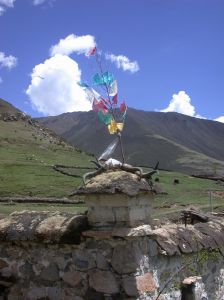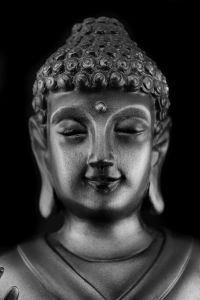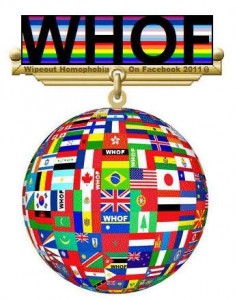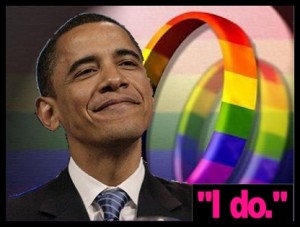The Bardo Thodol, also known as The Tibetan Book of the Dead, is, at its core, a book about dying. Bardo Thodol, though, literally translates as Liberation Through Hearing During the Intermediate State, despite its original translator, Theosophist and scholar, Walter Evans-Wentz translating it as The Tibetan Book of the Dead. But for all intents and purposes, a book of the dead is technically wrong, since Tibetan Buddhists, like most of Buddhism, believe in the process of rebirth, or, more commonly known as, reincarnation. In essence, man doesn’t die, he’s just born into another state of being—and it only when we reach Nirvana that the repetitive suffering of being is transcended and we reach a state of unbecoming (which sometimes is related to Western conceptions of heaven).
But, beyond that, The Tibetan Book of the Dead has an interesting past with much of Western culture. Translated by an American Easternpheliac, Evans-Wentz was educated in Oxford, England and who never learned a single ounce of Tibetan despite being credited with translating several key Tibetan texts. How, you might be wondering? Simple: he worked with Lama Kazi Dawa Samdup, a renowned Tibetan linguist and translator who knew English and helped Evans-Wentz take credit for something he wasn’t responsible for.
Not soon after The Tibetan Book of the Dead was translated into English that many renowned Western scholars and thinkers became intrigued by it. Eventually, The Tibetan Book of the Dead would be analyzed by psychologist Carl Jung, becoming distilled through his 1917 theory of the collective unconscious, which first established the psychiatric basis for personality archetypes. The collective unconscious fit well into The Tibetan Book of the Dead precisely because it scientifically explained the process of how many personalities types can keep repeating (rebirth), rather than having a flux of new and different personality types each epoch.
It would take fifty some odd years before a renewed interest would be taken in The Tibetan Book of the Dead, and it was in the form of a psychedelic manual. In 1964, the most famous LSD prophet and FBI informant, Timothy Leary, along with Richard Alpert and Ralph Metzner, wrote The Psychedelic Experience, which was based off the teachings of The Tibetan Book of the Dead and established the philosophy “Turn off your mind, relax, float downstream.” It wasn’t at all based on the intermediate state or rebirth, but rather what it is to be high on LSD. But much of the imagery and philosophy is taken and filtered from The Tibetan Book of the Dead.
So, from theosophy to depth psychology to drug manifesto, The Tibetan Book of the Dead has had an odd love affair with Western culture. It was even the inspiration for several films, including Jacob’s Ladder (1990) and Enter the Void (2009). But what does The Tibetan Book of the Dead actually mean? And what place does it have in modern culture?
A literal interpretation would suggest that it is a text meant to be read primarily by a Tibetan Buddhist lama over a corpse. In theory, the deceased can hear whatever the lama is reading, and the lama is essentially merely reading whatever the deceased is going through and experiencing, and thus acts as a guide in providing the deceased with an explanation of what they are going through in the intermediate state and how they can obtain emancipation from rebirth by becoming, paradoxically, unbecoming, unformed, and unborn.
 During the intermediate state, a person is, according to The Tibetan Book of the Dead, bound to experience a series of peaceful and then wrathful deities. If they do everything the lama says and repeat all of the prayers necessary, and happen to not have too much bad karma built up against them, then they will transcend into Nirvana. If they don’t realize what they are going through and don’t do what the lama says, or have too much bad karma, then they’ll go through horrific torturing experiences before being spat back out into the world of suffering. Ultimately, The Tibetan Book of the Dead functions as a manual to control what you experience after you die.
During the intermediate state, a person is, according to The Tibetan Book of the Dead, bound to experience a series of peaceful and then wrathful deities. If they do everything the lama says and repeat all of the prayers necessary, and happen to not have too much bad karma built up against them, then they will transcend into Nirvana. If they don’t realize what they are going through and don’t do what the lama says, or have too much bad karma, then they’ll go through horrific torturing experiences before being spat back out into the world of suffering. Ultimately, The Tibetan Book of the Dead functions as a manual to control what you experience after you die.
For a Western reader, it’s not surprising why a literal translation isn’t the usual route. We as a culture think of yoga as a way to work out rather than a religious experience like the Buddhists, and mostly think of Nirvana as a grunge rock band in the 1990s. And that’s not even touching upon the heavily Abraham-centered religions (Judaism, Christianity, and Islam) which dominate our world view, as well as the secular backlash against any sort of theism manifested in atheism.
The Tibetan Book of the Dead, at best, plays a marginal role within modern society, and at worse is interpreted as an allegory that shouldn’t be taken literally. It’s one thing to not believe in a certain religious doctrine, but another thing to relate it as a literary device. People genuinely believe in a literal interpretation of The Tibetan Book of the Dead. And I think, once examined, you’d be surprised to find many more similarities than differences between Tibetan Buddhism and Christianity, Judaism, and Islam, though much of our culture would rather see the differences.
Nonetheless, whatever your purposes may be in reading The Tibetan Book of the Dead, it is sure to intrigue something within you, and further open the world in a whole different way than you’ve probably ever experienced it. It’s revelatory, despite its historical impositions.
The Tibetan Book of the Dead,




